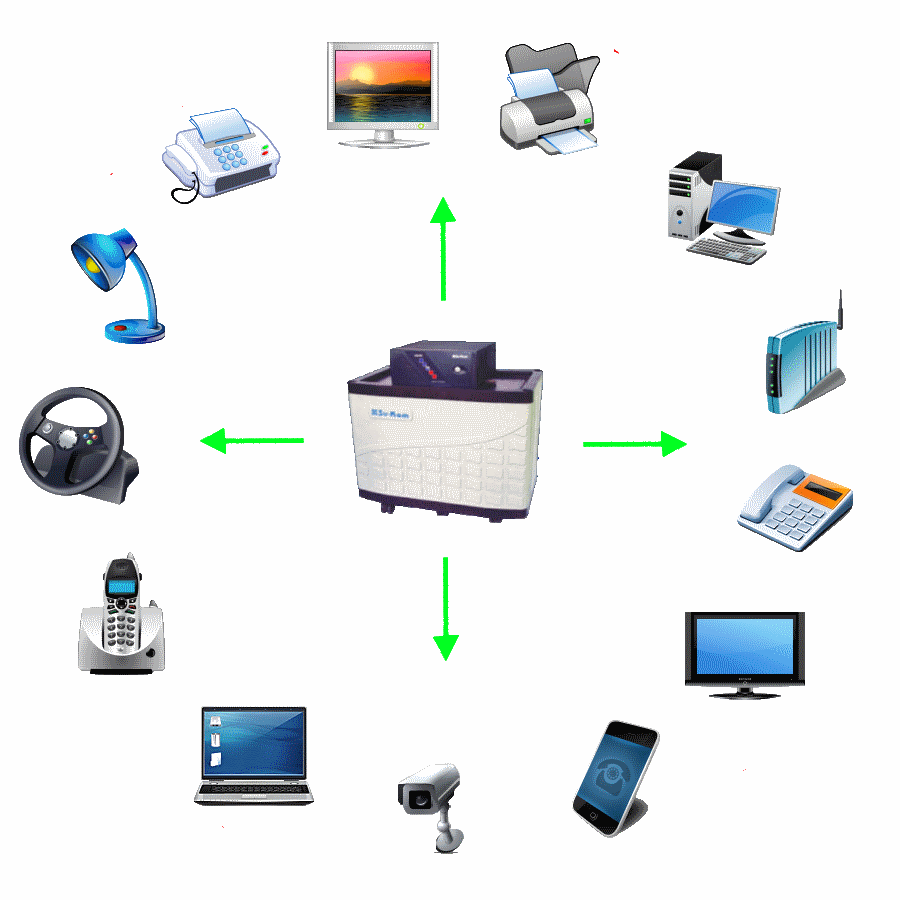Inverter and HUPS Basics
An Inverter is an electronic device that converts direct current (DC) into alternating current (AC). This is useful in the South African context as it enables household appliances which require AC power to be powered by DC power sources such as a batteries or solar panels in the event of power outages and load shedding. Batteries can then be recharged using mains power via the inverter once the grid is restored.
Our inverters or HUPS (Home Uninterrupted Power Supply) units manage the transition from mains to battery power and back again as and when mains power is interrupted and restored. This happens automatically and seamlessly so that appliances that are connected to the unit experience no interruption to their power supply whatsoever.
We sell composite, plug and play units consisting of inverters, batteries and battery boxes as well as the separate component parts. You can use the table below to help you determine what size unit you will best suit your requirements.

Below are some load applications you could run off different size inverters

*PLEASE NOTE these ratings are indicative please refer to the manufacturer of your appliance for accurate power ratings
When you look at the inverter ratings the va (volt amps) or kva (kilo volt amps) rating applies to the power rating of the inverter itself and is relevant to the amount of load you can put on the unit. i.e. how many appliances you can plug into the unit on the out put side. The v (volt) rating relates to the amount of DC current you can connect to the input side of the unit. Most inverters we supply use 12v DC batteries to supply the power to the unit. Therefore 24v unit will need 2 x 12v batteries to supply the correct power.
Inverter & HUPS Applications

